How Many National Parks are in Alaska?
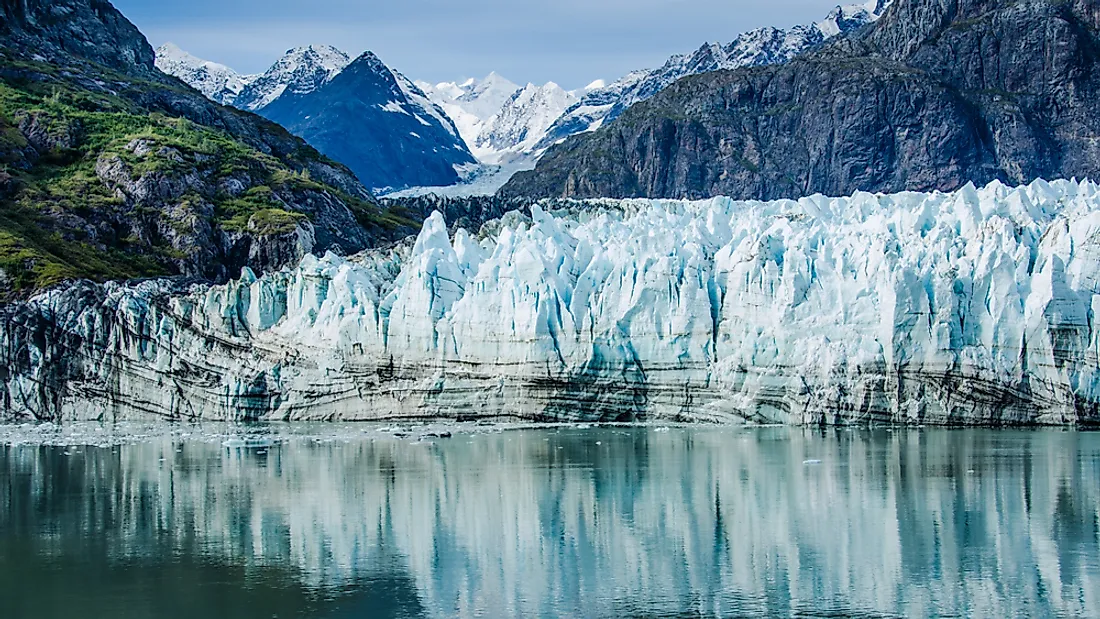
Alaska, the largest non-contiguous state of the US, and the country’s largest state by total area is home to eight national parks. They are listed below:
8. Glacier Bay National Park and Preserve
This protected area of Alaska is located in the Alaska panhandle near the city of Juneau. The national park and preserve was established on December 2, 1980, and encompasses an area of 13,044.57 square km. The vast area is part of a UNESCO World Heritage Site. The landscape of the park features rugged mountains, coastlines, deep fjords, glaciers, and rainforests. The national park attracted 547,057 visitors in 2017. It is famous for its spectacular sceneries and incredible wildness. Brown and black bears, coyotes, Alaskan moose, marmots, lynx, etc., are some of the mammals found in the park. Birds found here include the golden eagle, bald eagle, hawks, owls, etc. Marine life at this park is also rich and includes whales, dolphins, sea lions, orcas, and more.
7. Katmai National Park and Preserve
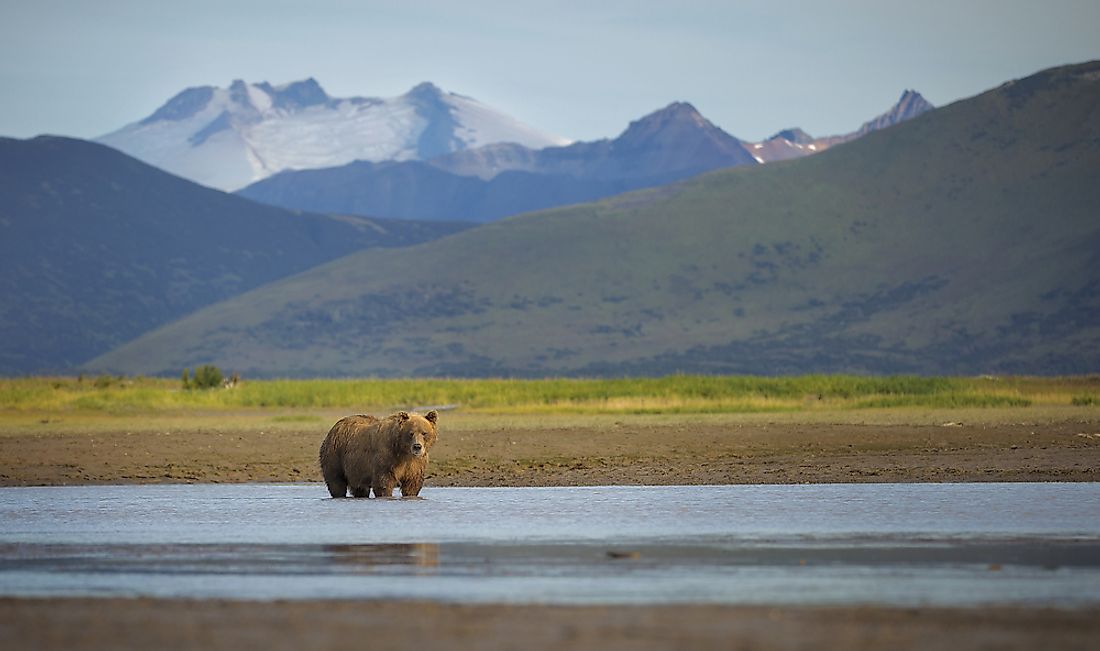
Located in southern Alaska’s Alaska Peninsula, this protected area is famous for its large population of Alaskan brown bears. The park and preserve occupy an area of 16,564.09 square km. The Mount Katmai, a stratovolcano, serves as the central feature of this park. It was established on December 2, 1980. The park houses a significant diversity of wildlife including 29 species of mammals, 137 species of birds, and many species of fish. Mammals like the brown bear, beaver, red fox, porcupine, coyote, etc., are found in the park. The offshore waters of the Katmai host a great diversity of marine fauna like the beluga whale, orca, harbor seal, sea otter, etc. The sockeye salmon is the most important fish found in the rivers of the protected area and play an important role as a food resource for many of the animals of the park.
6. Lake Clark National Park and Preserve
This protected area is located in Alaska’s Port Alsworth and was founded in 1980. An area of 16,308.89 square km is covered by this national park and preserve. Several streams and lakes like Lake Clark that are vital to the fishery at Salmon Bay are present here. The park and preserve boast of some of the most beautiful sceneries in the state. It has mountains, coasts, dense rainforests, glaciers, glacial lakes, and even volcanoes. The wide variety of ecosystems existing here support a great diversity of flora and fauna.
5. Kenai Fjords National Park
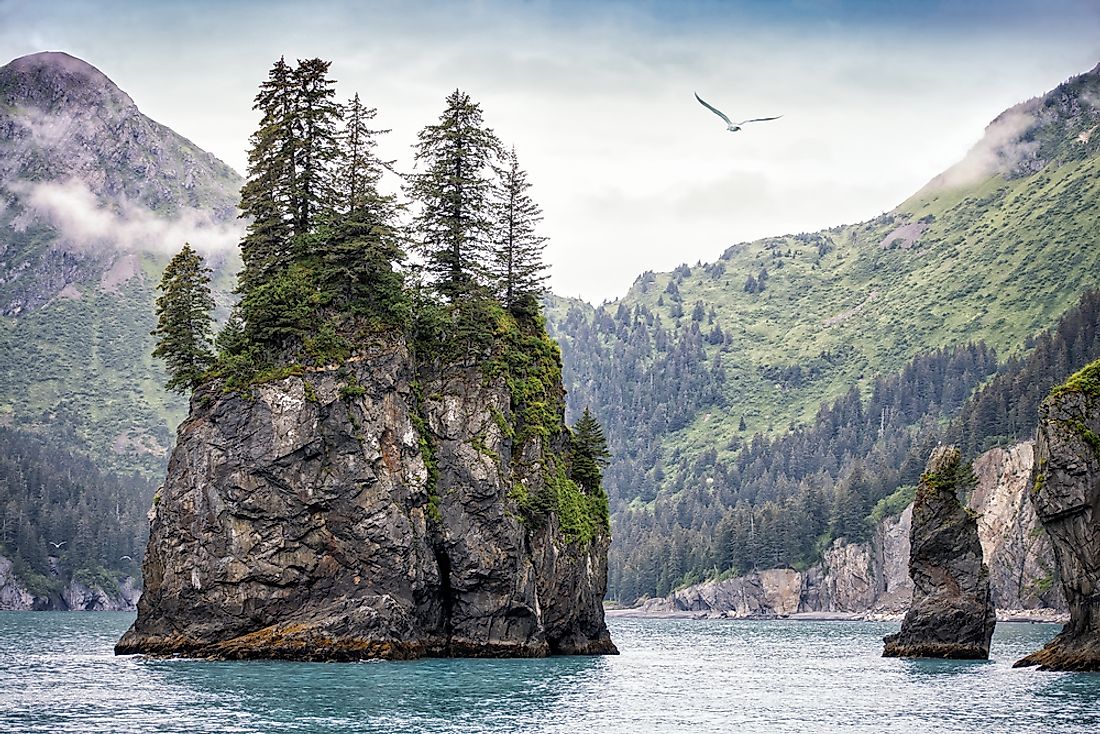
This national park of Alaska was also founded in 1980. It occupies an area of 2,711.33 square km in southcentral Alaska’s Kenai Peninsula. It is noted for the presence of the Harding Icefield, one of the biggest of its kind in the country. Several glaciers originate from this icefield like the Bear Glacier. The numerous fjords carved by these glaciers give the protected area its name. The park received 303,598 visitors in 2017. The flora and fauna of the Kenai Fjords National Park vary with altitude above sea-level. Harsh conditions limit the growth of plants at high altitudes. The treeline here varies from 750 ft to 1,000 ft above sea-level. Some of the terrestrial animals found here include black bears, mountain goats, brown bear, black bear, etc. Aquatic fauna includes many species of cetaceans, otters, seals, etc. Several species of birds like the bald eagle, peregrine falcon, marbled murrelets, Steller's jay, etc., also live here.
4. Wrangell–St. Elias National Park and Preserve
This protected area of Alaska is located in the state’s southcentral part. It is part of a UNESCO World Heritage Site. It spreads across an area of 53,320.57 square km. Volcanic and glacial activities have shaped the landscape of the park. A large section of the Saint Elias Mountains, a mountain range that hosts some of North America’s tallest peaks, is part of this protected area. The 18,008 ft tall Mount St. Elias is the highest point in this park. The area is subjected to extremely cold winters and short cool summers. Several large glaciers like the Hubbard Glacier and the Malaspina Glacier are found here.
3. Denali National Park and Preserve
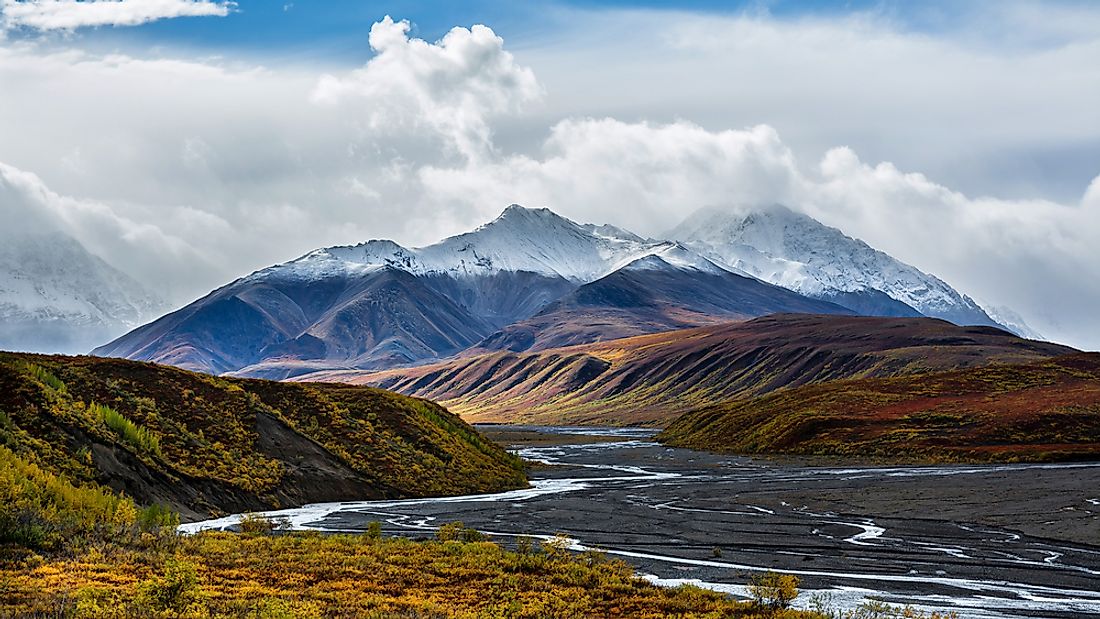
Mount Denali, North America’s tallest mountain, is the central feature of this protected area of Alaska which covers a total area of 24,500 square km. The landscape of the park varies greatly with altitude from forests at low elevations to tundra and finally to barren rock and ice-capped peaks at the highest elevations. Many glaciers are present here. The visitors to the park enjoy a variety of recreational and adventure activities like snow machining, dog-sledding, and cross-country skiing. The park received 587,412 tourists in 2016.
2. Kobuk Valley National Park
This national park of Alaska is located north of the Arctic Circle in the northwestern part of the state. Due to its extreme location and harsh weather, it is one of the least visited national parks in the country. No roads lead to the park and it can be accessed only via air. The park is known for its Great Kobuk Sand Dunes. Those visiting the Kobuk Valley National Park can enjoy backcountry camping, backpacking, dog sledding, boating, and more activities. The massive protected area of 7,265.24 square km, however, lacks any roads or designated trails. Visitors can also enjoy observing the caribou migration in action here. Other wildlife includes brown and black bears, beavers, lynxes, wolverines, hares, voles, etc. Several species of fish are found in the water bodies of the park.
1. Gates of the Arctic National Park and Preserve
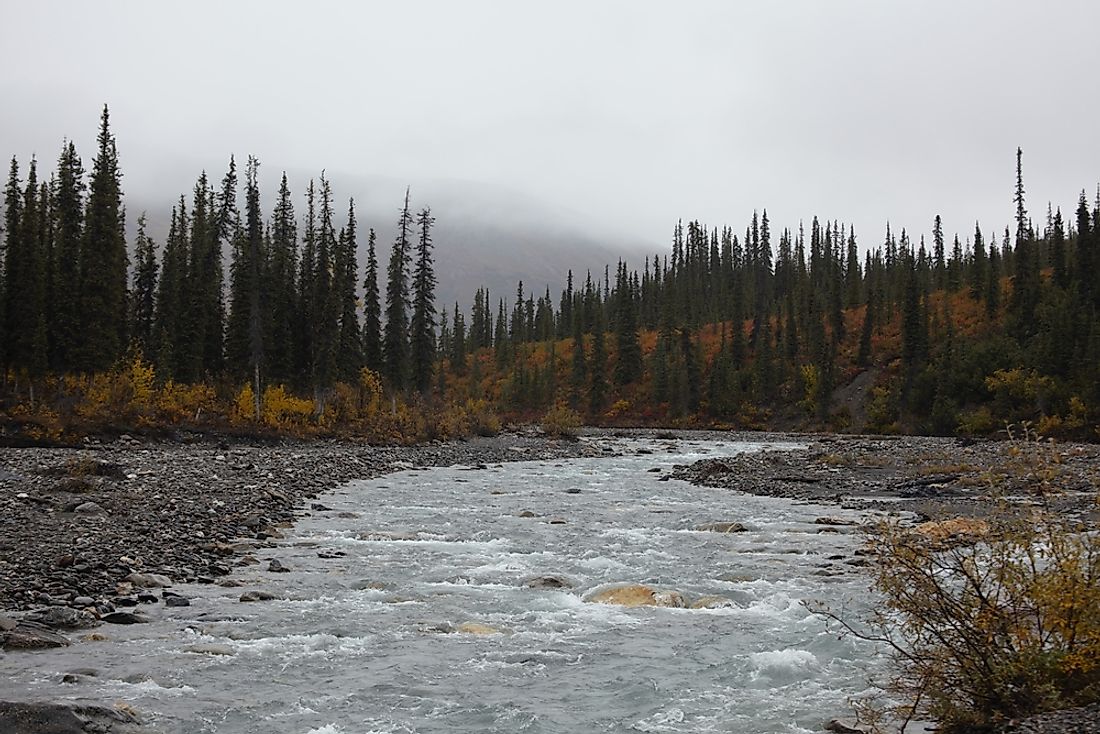
This national park and preserve of Alaska is the country’s northernmost park. With an area of 34,287 square km, it is the country’s second biggest national park. The entire area of the park is located to the north of the Arctic Circle. Most of the park constitutes the mountains of the Brooks Range. Due to the remoteness of the park and the lack of adequate tourist and transport infrastructure, it is the least visited national park in the US. Only 10,047 people visited the park in 2017. Although camping is allowed in most parts of the park, it is subjected to certain limits on some occasions. Boreal forests at lower latitudes in the park give way to Arctic desert further north. A variety of fauna inhabits the wilderness of the area like caribou, polar bears, great horned owls, lynxes, bald eagles, foxes, ospreys, etc.











